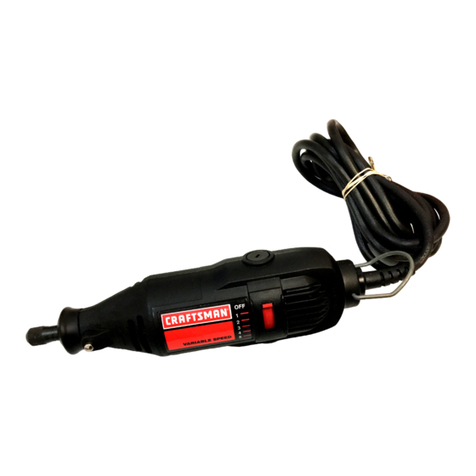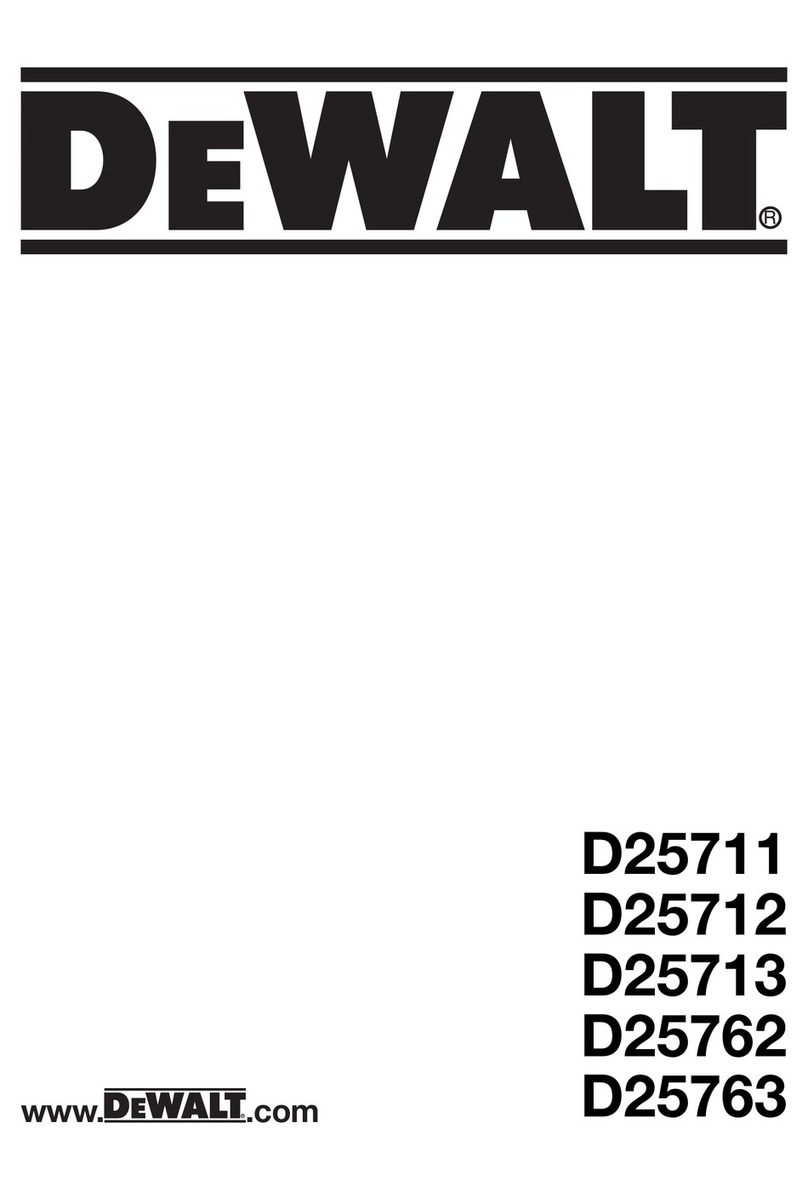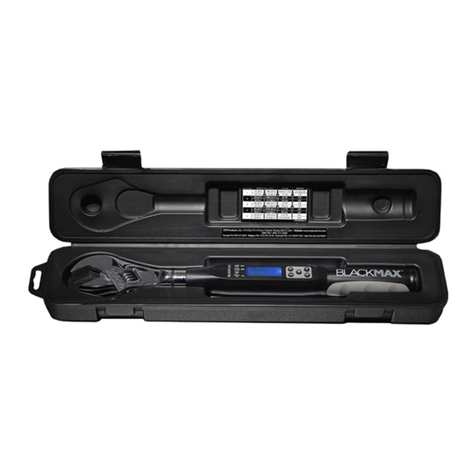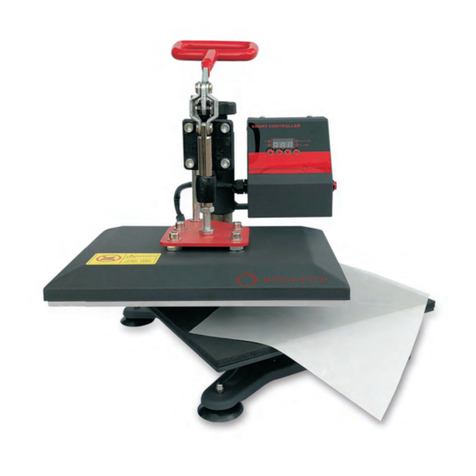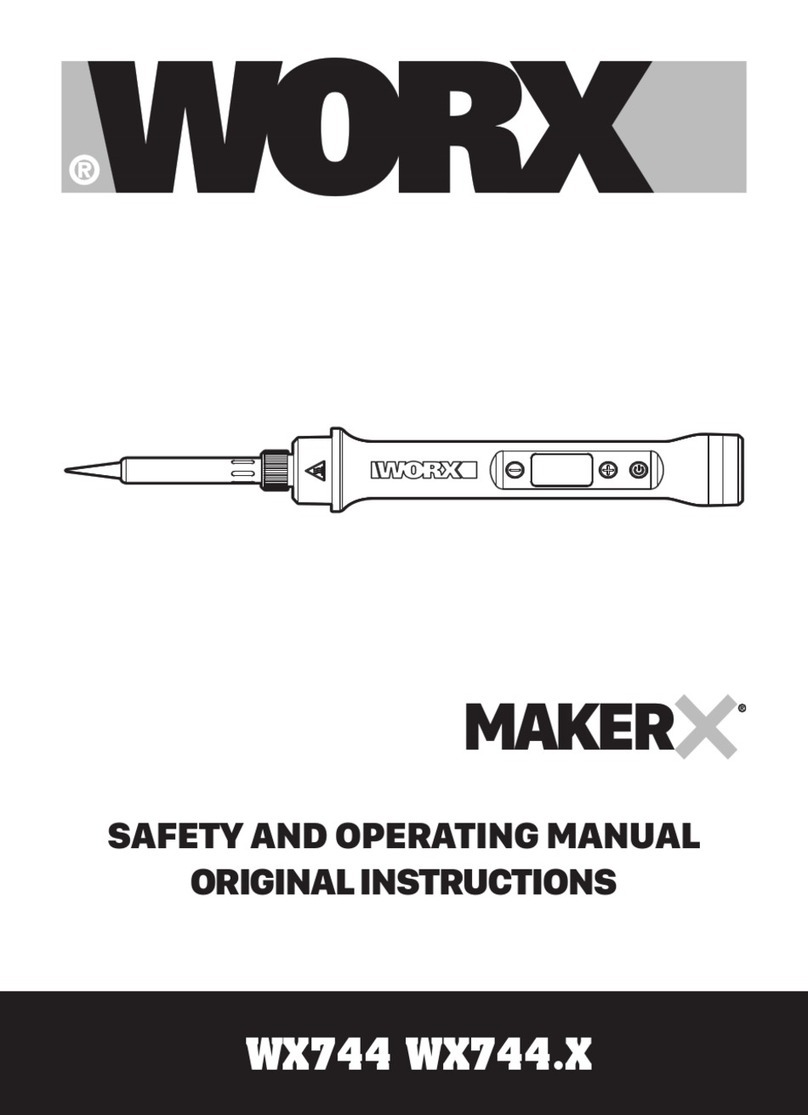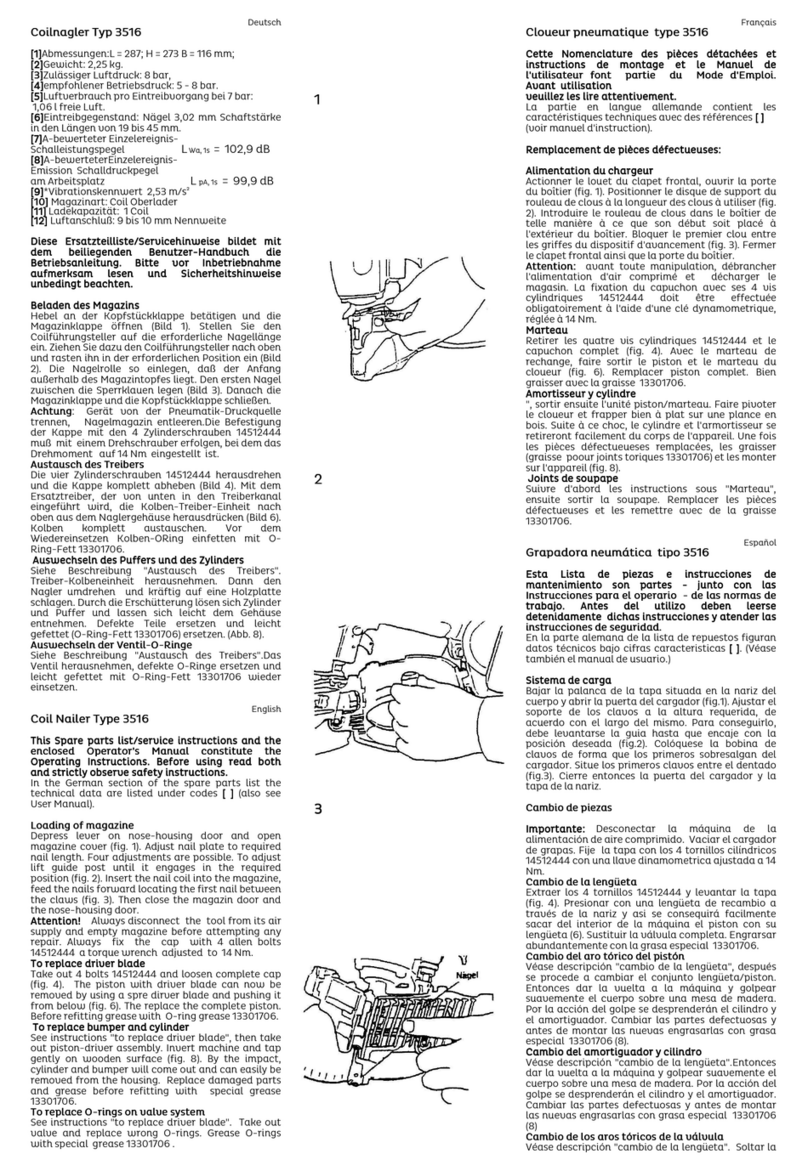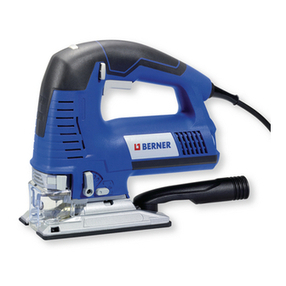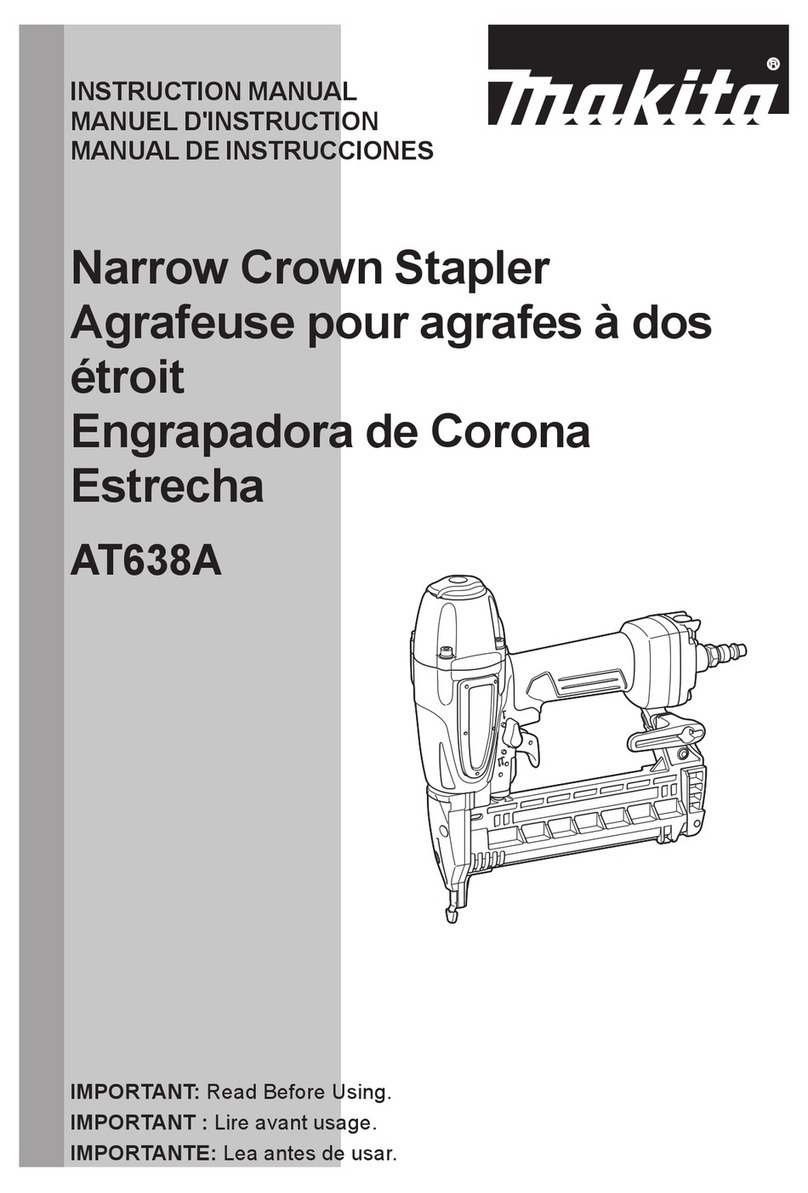CGOLDENWALL CZR2014 User manual

User’ s Guide
Please follow the safety instructions in all paragraphs
before turning on the machine
MODEL:CZR2014、108、109、309
This manual should be provided to all users of this device. For best results and to
ensure the durability of your equipment, please read and follow all instructions.
Failure to do so can result in serious injury or catastrophic damage to the user,
machine, supplies, or surrounding area.In addition, safety recommendations must be
strictly followed and extreme precautions must be taken to ensure that only qualified
personnel who have read this guide can use the equipment correctly.

Dear User,
Thank you for choosing our oil press.
The operation and maintenance information, data and materials
listed in this manual have been modified according to the latest version.
Therefore, all content is limited to our current understanding of this type
of press equipment.
Due to continuous technical improvements, we reserve the right to
modify the parameters of the oil press without prior notice. We are not
liable for errors caused by incorrect operation, illegal operation, improper
repair, and use of accessories not provided by the company.
In addition, this series of oil presses is limited to home use. And all
text and drawings in the manual do not indicate they contain the
descriptions of all the items in the shipment.
If you still have problems with the use of this machine, please
contact us in time. We are very happy to serve you!
*Service Contact Information*
Amazon seller: CGOLDENWALL
Service email : sunflowersmile20130401@hotmail.com
Messeger / Whats App: +8613758246804
Facebook : CGOLDENWALL

Precautions
(The following users must obey do not ignore)
Warnings
1. Please use a socket with a grounding protection wire that conforms to
the local electrical safety standards.
2. The oil press must be operated by an adult with full capacity.
Operation
1. Do not press materials other than those specified in this manual.
2. There are a lot of fine sand in rapeseed, which is easy to wear and
squeeze chamber.
3. Whether the oil extracted is related to the method of frying the raw
materials, and has nothing to do with the machine.
4. The pressed material is already slag, and no oil can be squeezed; there
is no need to repeat the re-extrusion, otherwise it will kill the squeeze.
5. Do not put the sundries and hard objects other than the raw materials
into the squeezing chamber to avoid damaging the squeezing chamber.
6. It is strictly forbidden to put fingers and hard objects such as metal
into the press to remove the raw materials, so as to prevent pinching or
damage to the machine.
7. The squeezed oil must be kept for more than one day under the
environment of more than 15 ℃ for natural precipitation and separation
before it can be used for cooking.

Materials
1. Do not squeeze vacuum-packed raw materials, otherwise it will only
produce powder instead of oil.
2. Do not squeeze the raw materials that have been fried to crispness,
otherwise it will only produce powder instead of oil.
3. Do not use the induction cooker or convection oven to fry the raw
materials, otherwise it will only produce powder instead of oil.
4. Do not use a clothes dryer to dry peanuts or other raw materials,
otherwise it will only produce powder instead of oil.
5. Camellia seeds can be roasted fully, and all other raw materials can
only be fried for 8 times at most.
6. When pressing white sesame, please add half of black sesame to
squeeze together, otherwise more slag and powder will be produced.
7. Wet raw materials can not be used for oil extraction, otherwise only
slag will be produced instead of oil, which is likely to jam the squeezing
chamber.
8. Raw materials can be squeezed directly. If it has been fried, it must be
squeezed while it is hot. If it is cooled and then squeezed, it will produce
powder instead of oil.
9. If the peanuts are not dry enough, they can only be fried, roasted or
dehydrated in the microwave oven. Do not expose them to the sun, or
they will only produce powder instead of oil.

10. When heating with microwave, do not use the porcelain plate or
cover with it, because it blocks the microwave, otherwise the porcelain
plate will be heated rather than the materials.
11. Each brand of machine has its own technology. Please do not operate
our machine with the operation requirements of other machines. Please
operate according to our instructions.
Installation
Note:
The surface of each pressing chamber will have uneven concave and
convex spots, and there are also traces of manual running in treatment
at the entrance, which is a unique normal appearance of wear-resistant
metal and a normal new product.
In the manufacturing process, each press is tested with raw materials
before it can be shipped. Although it has been cleaned, there may still
be fine residue. Therefore, the press chamber can be removed and
washed with detergent again.
Please use a socket with safety grounding protection and electrical
safety standards

(The steps of oil extraction are from ①to ⑦in the figure above.)

Oil Extraction Method
Note:
Whether the oil extracted is related to the method of frying the raw
materials, and has nothing to do with the machine.
Under the premise of observing "precautions", the following methods
of oil extraction will be successful once.
Methods:
1. COLD PRESSING
Without heating, the whole process is cold pressed, and the oil
temperature is below 37.8 ℃. It is specially designed for pressing linseed
oil, and fully retains the natural active ingredients. (This method is
limited to pressing linseed. All other raw materials must be heated 10
minutes in advance.)
2. COLD PRESSING
Turn on the heating function of the machine 10 minutes in advance. Don't
turn off the heating in the middle of the process. The purchased dry
materials don't need to be fried but directly squeezed. The oil products are
natural, pure and healthy.
3. HOT PRESSING
If the raw materials are not dry enough, the above two methods of oil
extraction will spray more oil or slag at the slag outlet, then it is
necessary to be fried and then squeezed. Heat the machine 10 minutes in

advance, do not turn off the heating in the middle, use the cooking pot in
the house or oven or microwave to heat the raw materials, remove the
excess water and then squeeze, you must fry in accordance with the
method described in this manual.
4. HOT PRESSING
This method is completely in accordance with the traditional oil
extraction process. Turn on the heating function of the machine 10
minutes in advance, and select peanuts or black sesame (more than half of
the black sesame must be mixed when pressing the white sesame,
otherwise the squeezed things are all slag and not much oil). Stir fry the
ingredients according to the following picture until you smell the strong
fragrance and then get out of the pot. After the water is boiled, put the
fried raw materials into the paving (thickness is about 2cm), leaving 2-3
red jujube-sized vacancies in the middle to let the steam come up, and
cover the steam for 7-8 minutes. Then take the raw materials out and stir
them evenly, so that the oil is mellow and rich, and the oil yield is the
highest. The oil can be released at room temperature for a long time, and
the oily obtained is very fragrant, which is not comparable to the sesame
oil in the market. This is one of the authentic ancient oil pressing
processes.

Several Possible Situations in the Process of Oil
Extraction
Situation:
1. The oil is normal, and the oil can be separated and precipitated by
standing at room temperature above 15 ℃ for 24 hours, indicating that
peanut is good.
2. The oil is normal, and the oil can not be separated and precipitated
after being placed at room temperature above 15 ℃ for 3 days, indicating
that the raw material needs to be replaced.
3. The oil is normal at the beginning for a while, and then there is more
slag at the oil outlet, no oil output, indicating that the water content of the
raw material is too heavy, and the excess water needs to be removed
before pressing (please fry the raw material according to the method
described later).
4. The result is only powder, and no oil at the oil outlet. The bite is
obviously brittle, indicating that there is no water at all. This kind of
situation will appear in Xinjiang, Mongolia, Tibet and other dry areas in
the four seasons of the year and in northern China. Please add 2-3.5%
clean water and mix it evenly before extracting. You can wet your hands,
and then use the hand to pick up half of the raw materials. You can
repeatedly sell the water. These water will be evaporated during the oil
extraction process, but remember not to add too much water.

5. There is oil flowing out at the root of 4 screws, indicating that the raw
material contains too much water, so it needs to be dried and then
extracted. In addition, if the heating time is not more than 10 minutes or
the heater is not close to the pressing chamber, this situation will also
occur.
Note:
Any of the following conditions will lead to excessive slag and powder at
the oil outlet!
Stir fry raw materials in high heat.
Stir fry raw materials in high heat first and then in low heat.
Stir fry raw materials until crispy.
Stir fry raw materials in electromagnetic oven and light wave oven.
Stir fry raw materials and let cool and then extract.
The raw materials are too wet or have been washed and dried.
The raw materials has been exposed to the sun (except camellia seed)
The raw materials have been stored in cold environment.
Your location is in a particularly dry area (such as Xinjiang, Tibet,
etc.).
The heater is not pressed tightly.
The heating of the machine has not been turned on for more than 10
minutes.

Method of Frying Raw Materials
Focus:
Stir-fry ingredients are very important to the success of oil extraction,
don't ignore it!
Don't fry the peanuts with crispy experience. Otherwise, there will be
less oil, no separation and precipitation, and a strong friction noise
from the press chamber. In the other case, only the powder will be
produced, and the press chamber may be stuck.
The moisture content is 1.5-3.5%, if you don’ t know, please do as
follows.
Do not fry on a high fire; use a high fire and then a low fire, or use
only the middle fire. This results in the raw material being cooked on
the outside and the moisture inside.
The raw materials must be squeezed directly, and they must be
squeezed hot after frying. The roasted sesame seeds bought from the
supermarket cannot be squeezed directly. You should add about 10%
water to stir-fry and then squeeze or steam for 7-8 minutes.
When using the following method, 1-1.5kg each time is appropriate
(the raw materials are best squeezed in half an hour). If you fry too
much at one time, the raw materials will become cold during the
squeeze, which is not conducive to flour production.
Our experience is for reference only.

Method:
1. [Fried directly]:Turn the fire on the outer ring of the gas stove just to
light (see the picture below), fry the ingredients until the "papa" sounds,
then fry for 3-4 minutes and immediately take it out and squeeze the oil.
When the ingredients are soft and fragrant, they produce the most oil.
And Pay attention to the peanuts of this type in the picture below, fry
until the "papa" sounds, immediately take out the oil.

2. [Microwave oven]: Set to medium heat, and from the beginning until
you hear the "papa" sound after the raw materials are heated, you can take
out to squeeze. According to experience, about 1 pound of raw material is
about 3-minutes-heating. If the raw material has a lot of moisture or the
amount of roast is large, it should be appropriately increased.
3. [Oven with rotating cage]: Adjust the temperature to about 150
degrees and the time to about 25 minutes. Depending on the dryness and
wetness of the raw materials, increase or decrease the time appropriately
(soft and fragrant is the best when biting with teeth). When putting raw
materials into the cage, please leave at least a quarter of the space so that
the raw materials can be turned evenly (there is more slag due to uneven
heating).
Purchase of Raw Materials
1. Do not buy raw materials that have been vacuum packed or stored in
the refrigerator.
2. When buying peanuts, pinch the peanut kernels gently. At least
one-third of the red skin can be separated and fall off, indicating that it is
basically dry.
3. Try not to buy raw materials in oil mills or supermarkets. Just go to
the rice shop. Rice shop owners are generally professional and raw
materials are fresh.
4. It is difficult to make the raw materials dry in the autumn weather. In

the summer, the raw materials need to be exposed to the shell for more
than 3 weeks before they are dry. Please pay special attention to the fact
that the raw materials are difficult to dry, especially new peanuts and
flaxseeds in the autumn harvest season.
5. Special Raw Materials
(1) [Camellia seed]
Camellia seeds can be exposed to the sun (no other ingredients are
allowed) and must be dried to hard. If it is not dry enough, you can use a
microwave oven to adjust to medium high heat, about 1kg each time,
about 9 minutes. Or use an oven with a rotating cage, the temperature is
adjusted to 150 degrees, and roasting for 60 minutes is more appropriate.
No matter what kind of heating method is used, the difference in water
content is large, it is necessary to increase or decrease the time
appropriately. Try a small amount first, and the color shown in the figure
below is yellowish.

As long as camellia seeds can enter the machine, it is also possible to
squeeze a small amount of crushed shell (but not too much). Before
crushing large-sized camellia seeds, crush them to the size of peanut
kernels, and do not crush them to a powder, otherwise they cannot enter
the squeeze chamber by themselves, because the tea seeds are more sticky.
Camellia seeds must be completely dry and then squeezed. If strip-shaped
slag appears at the oil outlet, there is only one reason: there must be too
much moisture.
(2)[Flaxseed]
It is special and different from other raw materials: In addition to oil,
flaxseed also contains a layer of natural glue. The longer the storage time
and the lower the temperature, the higher the viscosity of this glue
solution, and the less oil from flaxseed. Under normal circumstances, dry
and fresh flaxseed can be cold pressed without turning on the heating
function. It is normal for the powder to come out within the first half of a
minute, but oil will come out normally after 1 minute. Flaxseeds that are
exposed to cold days or that have been stored for too long or are
repeatedly sun-dried after becoming wet or vacuum-packed will produce
flour when pressed. In the above case, you need to turn on the heating
function at least 10 minutes in advance to start pressing oil, and do not
turn off the heating halfway. The oil output temperature is below 45
degrees, and the oil products will maintain the original natural state (the

raw material harvesting and drying process will reach 50 degrees).
Sometimes, even if you turn on the heating, it is easy to encounter the
phenomenon of flour. You can fry the raw materials slightly and then
squeeze.
Oil often sprays out of the slag outlet or flows out from the root of the 4
screws. This indicates that the raw materials have too much water. Please
dry the water or mix 10-20% fried soybeans before squeezing (if eat raw
yellow Soybean oil you will diarrhea, and the soybeans will be cooked
until the skin is broken.) Use soybean dregs to bring out a part of the
water. The proportion of adding is based on “no fuel injection”. From
small to large, try slowly.
No matter what kind of raw material is squeezed, when there is oil
spraying out at the outlet, there is only one reason--the raw material
contains too much water. Please clean the squeeze chamber and dry the
water first, and then fry the raw material water according to the heat
described above.
(3)[Sesame]
When the raw materials are white sesame seeds and hulled sesame seeds,
be sure to mix with half of the black sesame seeds and squeeze them
together (please refer to the cooking method described above for frying).
In many cities, there are many grain stores or supermarkets that provide

baking and milling services while selling sesame peanuts. Please note that
this kind of roasted sesame is roasted for flour milling. You cannot
directly use it to squeeze oil. Otherwise, in addition to oil-free and
dusting, it may also jam the squeeze chamber. The oil yield of good
sesame seeds is 40% -45%. Nowadays, most sesame seeds are harvested
when they are not fully cooked, resulting in insufficient full particles and
low oil content. Therefore, when buying sesame seeds, choose good
sesame seeds with full particles. Our test is for reference: using the
above-mentioned heat, black sesame 2 and a half pounds, fried for a total
of 10 minutes before and after, the oil yield is 42%.
(4)[Walnut]
Pack the walnut kernels in a cloth bag, and use a wooden stick to lightly
crush the walnut kernels to the size of the peanut kernels. Walnuts with
less oil are easier to enter and squeezed directly; Varieties with high oil
content, although they have few fibers, do not easily enter the squeeze
chamber, so be sure to add a small amount of cooked soybeans to squeeze
together(the amount added is based on normal slag discharge, which
accounts for about 10-20%), so that the oil can be squeezed out at once.
Before pressing, heat the walnut kernels in a microwave oven for 2-3
minutes or set the oven to 150 degrees for about 15 minutes.
The skin of a good walnut is slightly black. The bleached walnut looks
very white, but it is certainly not as good as the natural one. When buying

walnuts, generally choose some with fresh color (fresh brown is best) and
heavier feel. If soaked with chemicals, the walnut kernels in the shell will
also be contaminated. The oil squeezed out from this raw material is
difficult to settle. Please be careful when purchasing. It is recommended
to buy a small amount first and try to buy more after confirmation.
It is recommended to buy a small amount first, and then buy more after
confirmation. Put the walnut oil at room temperature above 15 ℃ for 24
hours. If it can separate and precipitate, the walnut is good. If the
squeezed oil can not be separated after three or four days, please replace
the raw material.
(5)[Yellow okra]
Use mature and high-quality okra seeds for pressing. The yellow okra
seed shell is thick and hard, so be sure to heat it in a microwave oven for
2-3 minutes or stir-fry and soften before squeezing. If the hard shell has
been removed, use a small amount of coriander or soybeans and squeeze
it together. The amount is preferably "slagging normally".
(6)[Pumpkin seeds]
Choose full-grained, ripe small and medium seeds (large pumpkin seeds
are difficult to enter). It can be squeezed raw or pressed in accordance
with the peanut program.
(7)[Soybean]

The oil content of soybean itself is also very low. If you think the cost is
acceptable, you can refer to the peanut procedure, according to the hot
pressing method, stir fry until the skin is cracked and press.
(8)[Sunflower seeds]
Sunflower seeds can be divided into two types: edible sunflower and oil
sunflower. Edible sunflower seeds are large. Oil sunflower is a small
black seed with more oil, which can be squeezed with the shell or
squeezed after the shell is removed; if fried before the squeeze, the oil
will be more. Please refer to the procedure of peanuts for frying and
pressing.
(9)[Rapeseed]
Rapeseed is divided into winter rapeseed and spring rapeseed, and the oil
content is mostly between 30% -40%. When buying, pay attention to
judging that the preferred storage is not too long, no moldy taste, and full
of particles. The yield of rapeseed from different regions and varieties is
quite different. Refer to the method of camellia seeds: Be sure to go after
the water is pressed, otherwise it will be slag. Please note that rapeseed is
extremely abrasive to the press chamber due to its small particles and a
lot of fine sand (cause of the harvest process).
(10)[Perilla seed]
Perilla seeds are divided into medicinal and edible. Please buy edible
perilla seeds when pressing oil. Please refer to the process of flaxseed for

pressing.
(11)[Safflower seeds and hemp kernels]
The shell of safflower seeds and hemp kernels is very thick and hard. It is
best to remove the shell before pressing. If you can't remove the shell,
you must fry the raw materials according to the "hot pressing" method
introduced before. Be sure to squeeze out the ingredients while the
ingredients are hot. First heat up the machine for more than 30 minutes,
then start the oil press switch. Put a small amount at the beginning, and
then fill the hopper after the normal slag discharge. Please squeeze it all
at once. If it stops in the middle, it is necessary to unload the press and
boring, and then start from the beginning after emptying the internal
materials.
Factors Affecting Oil Production
Depending on the batch, place of origin, variety, particle size, harvest
time, storage time and storage environment, the wild maggots are
artificially planted, imported or produced by cheese, and different
pressing processes are used, the oil output of the raw materials varies.
1. Varieties of raw materials: The same varieties, the longer the growing
period, the more oil content. Genetically modified raw materials contain
more oil.
2. Storage and recovery time: The longer the raw material is stored, the
higher the temperature, the lower the oil yield.
This manual suits for next models
3
Table of contents
Popular Power Tools manuals by other brands
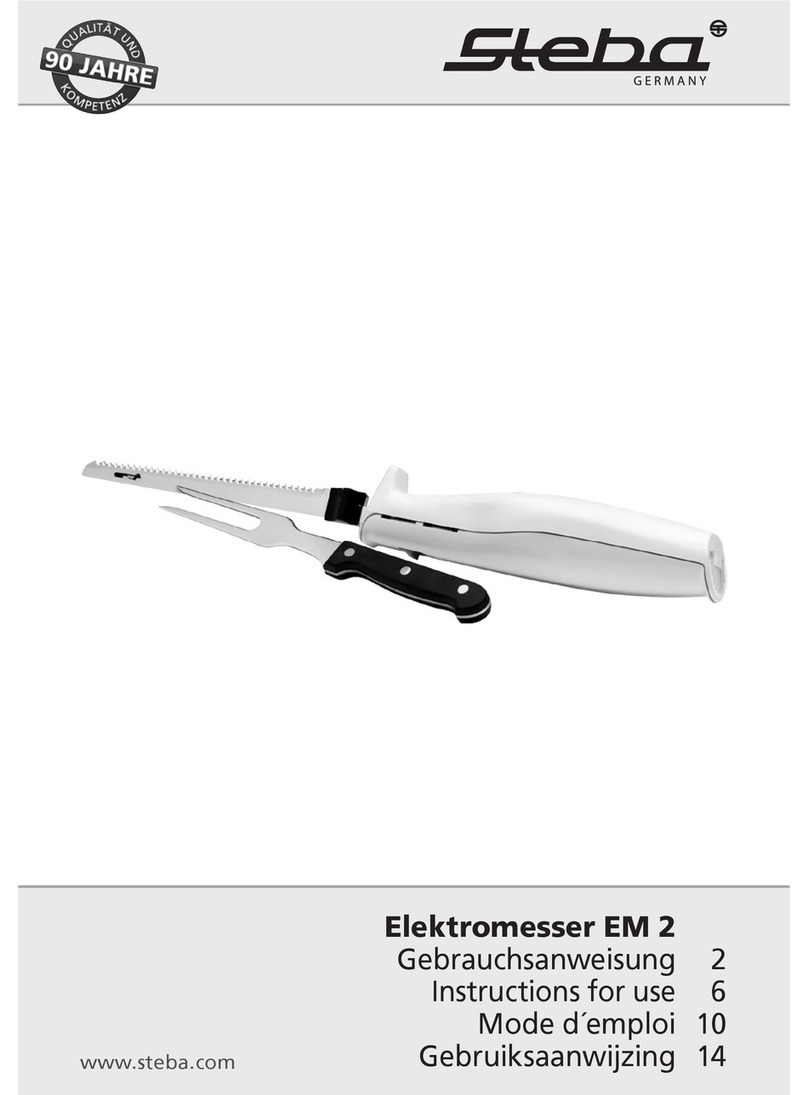
Steba
Steba EM 2 Instructions for use

Harbor Freight Tools
Harbor Freight Tools 46099 Assembly and operating instructions
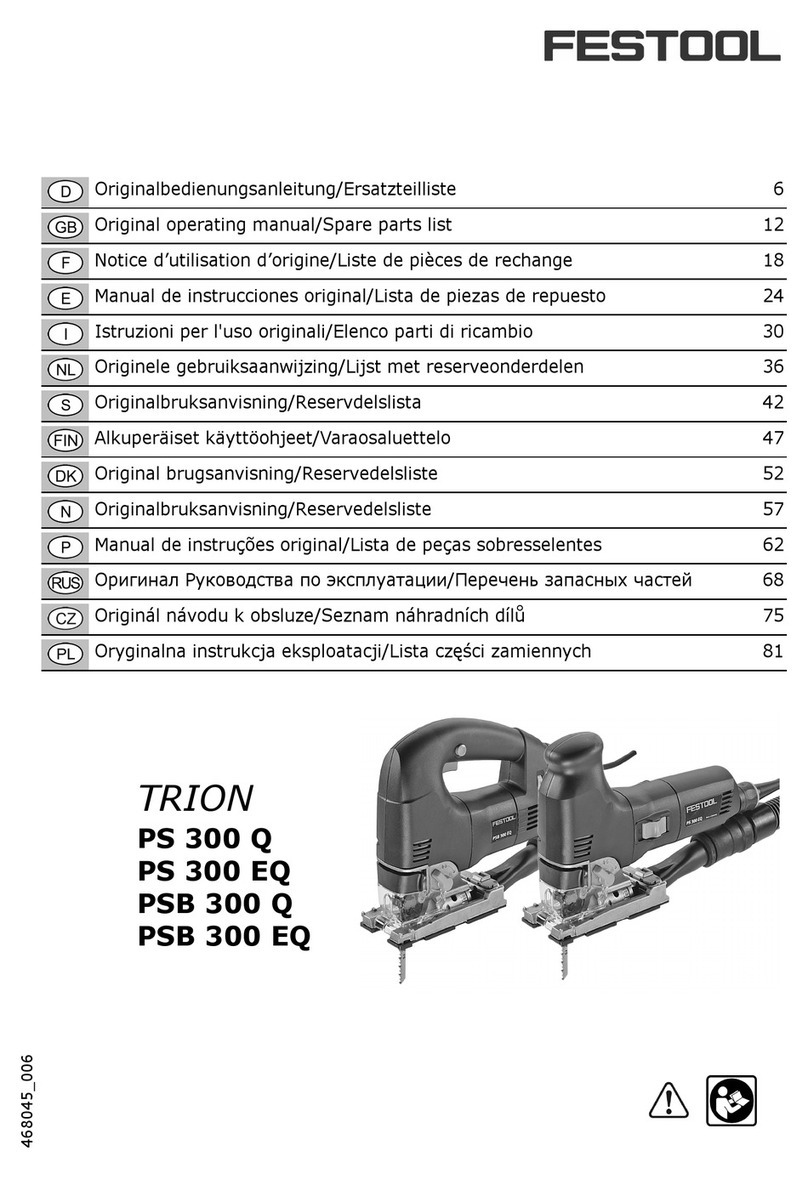
Festool
Festool Trion PS-300Q Original operating manual and Spare parts list
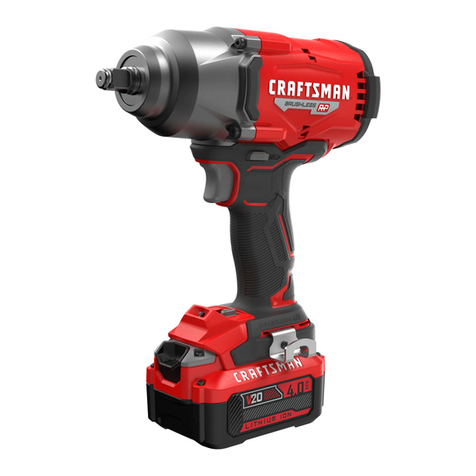
Craftsman
Craftsman CMCF940 instruction manual
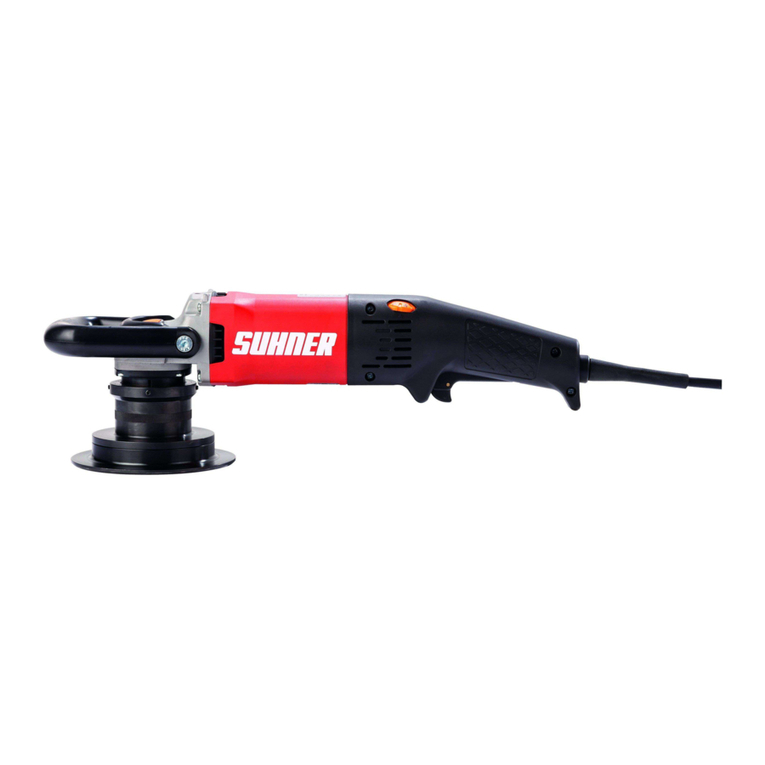
SUHNER ABRASIVE
SUHNER ABRASIVE UEK 10-R Technical document
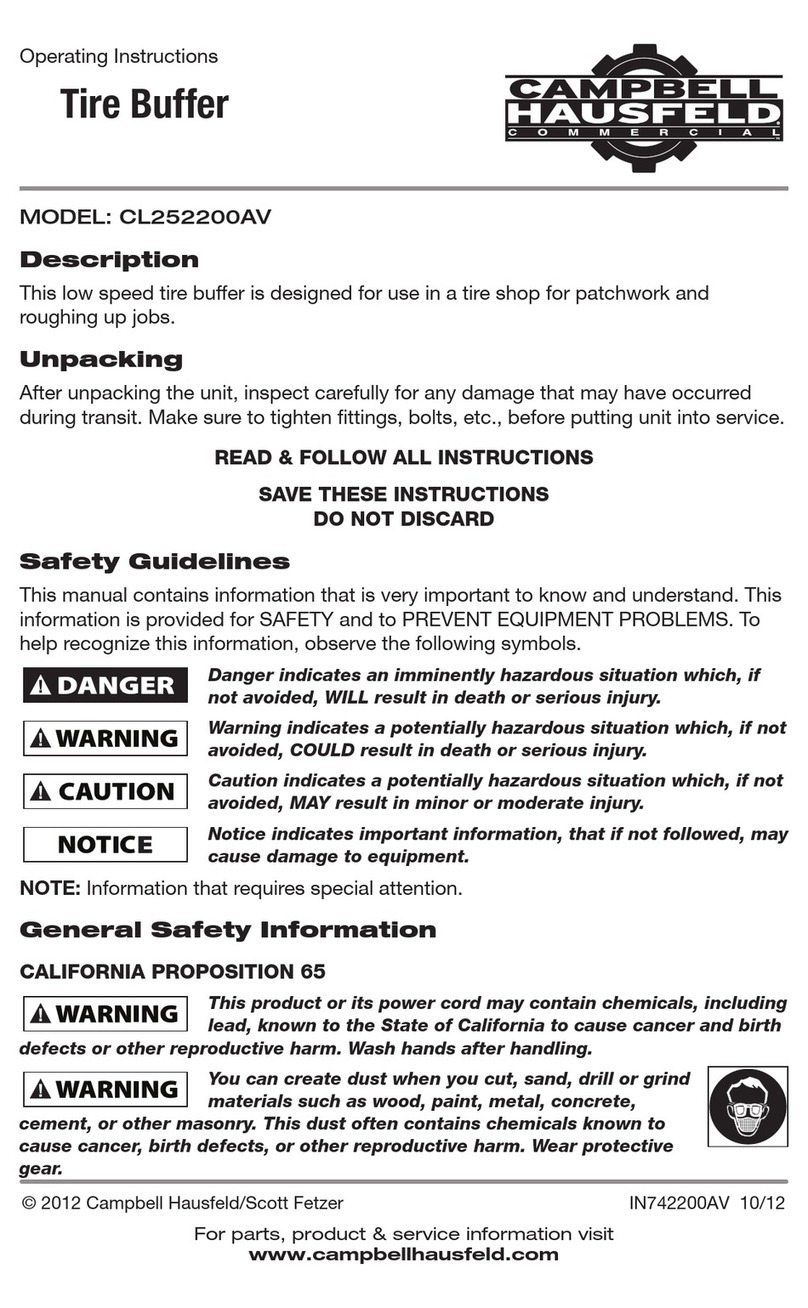
Campbell Hausfeld
Campbell Hausfeld Cl252200AV operating instructions


